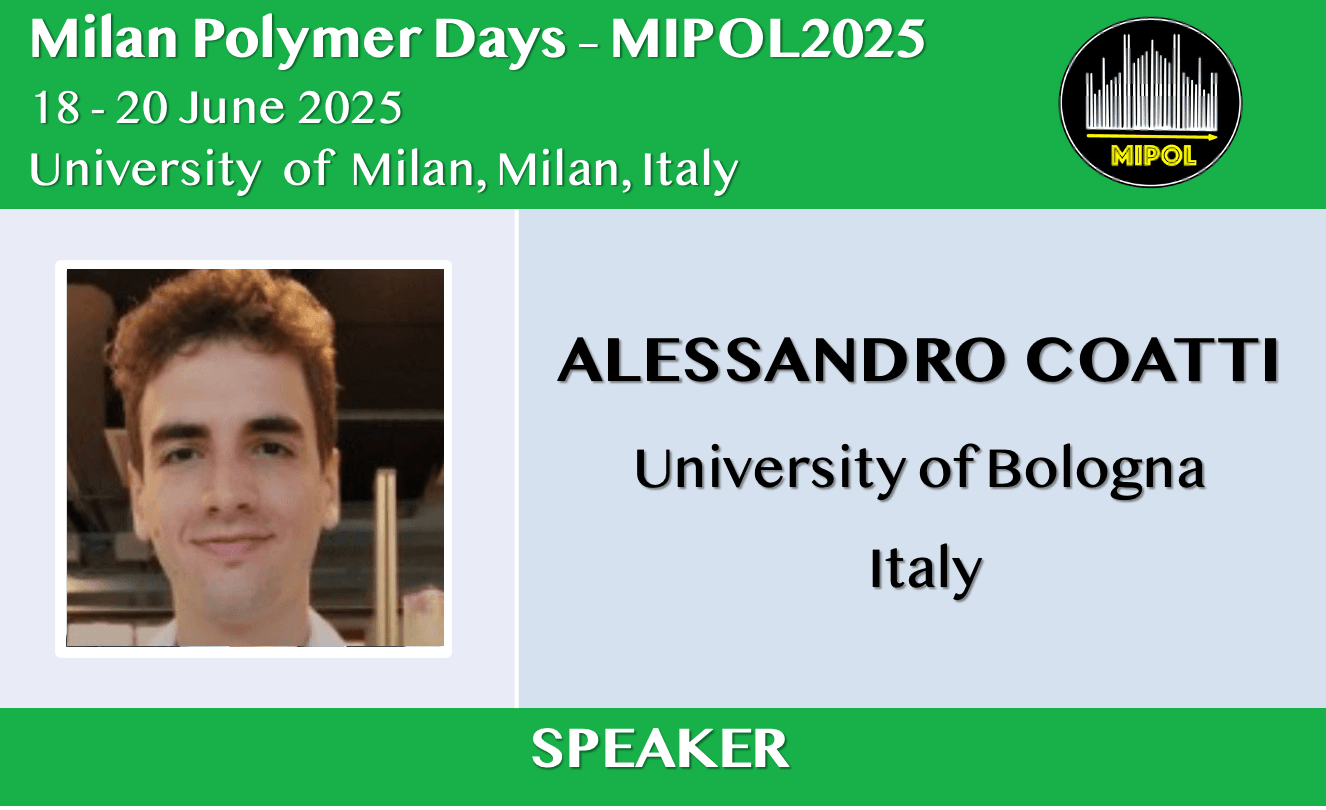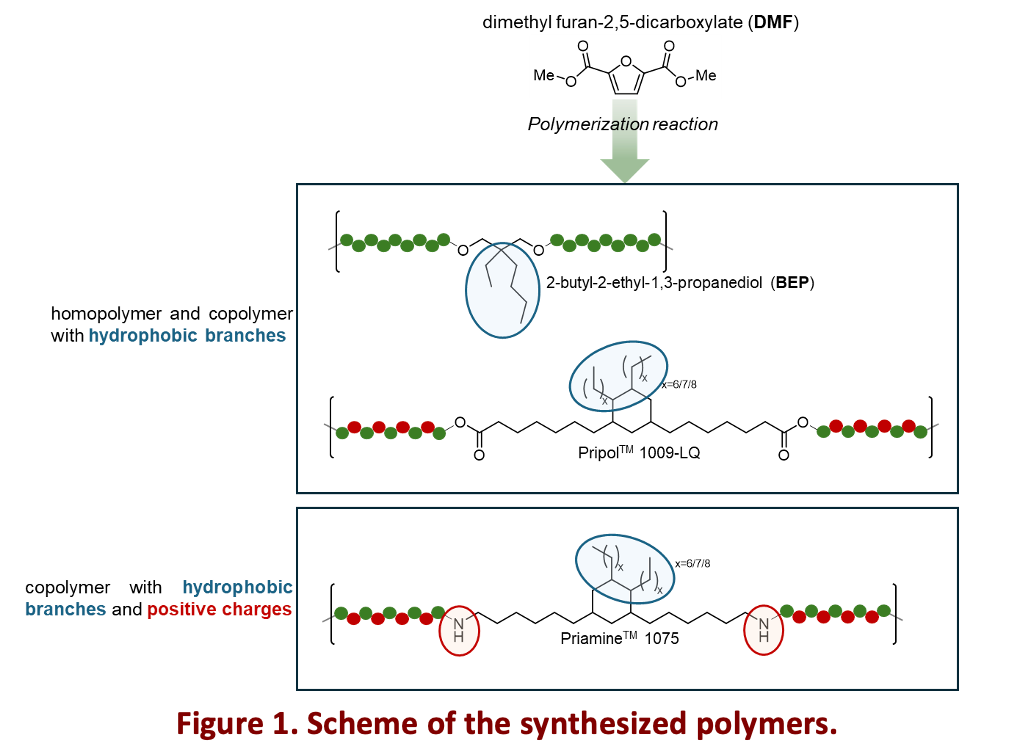Furan-based polyester with inherent antimicrobial properties for automotive applications
Abstract

Within the FURIOUS project, the goal is to develop a furan-based polymer with intrinsic antimicrobial properties, requiring no additional additives. This material, intended for use as car air filter, is ecodesigned to prevent biofilm formation and is inspired by antimicrobial peptides (AMPs). AMPs are naturally occurring components of the innate immune system, providing broad spectrum defense against microorganisms. These short cationic peptides (up to 100 amino acids) feature an alpha-helical structure and amphiphilic properties, which are key to their antimicrobial activity. Various studies have reported the development of AMP-inspired antimicrobial polymers, which could help address infection risks, antibiotic resistance, and surface contamination of equipment. These proteins share a consistent structure composed of two distinct regions: a cationic region, which is rich in positively charged amino acids that interact with the negatively charged bacterial membrane, and a hydrophobic region, which contains amino acids with hydrophobic branches that engage with the lipid bilayer of the bacterial membrane [1]. Their primary mechanism of action involves disrupting the microbial cell membrane through hydrophobic and electrostatic interactions, resulting in cell lysis [2].
To develop the new materials, several monomers were selected and combined with dimethyl furan-2,5-dicarboxylate (DMF). Two different approaches were explored to achieve the optimal structure. The first involved synthesizing a polyester with only hydrophobic side chains, using 2-butyl-2-ethyl-1,3-propanediol (BEP) and Pripol 1009. The second approach focused on creating a polymer that combined hydrophobic side chains and positive charges, achieved using the Priamine 1075 monomer. Figure 1 summarizes the systems obtained.

After synthesis, all samples underwent molecular (via NMR, FT-IR and GPC analyses), thermal (using DSC and TGA techniques), morphological (through XRD analyses) characterization. The polymers were processed via electrospinning, optimizing the operating parameters to assess their electrospinnability. The resulting samples were analyzed using Scanning Electron Microscopy (SEM) to evaluate their morphology, including fiber formation, continuity, size, uniformity, and the presence of defects. To identify the most promising fibers for potential inherent antibacterial activity, a preliminary investigation was carried out using Escherichia coli (E. coli ATCC 25922) as a model pathogenic strain. Bacterial adhesion and growth were assessed after 24 hours through SEM imaging.
References
- M. M. Konai, B. Bhattacharjee, S. Ghosh, J. Haldar Biomacromolecules 2018, 19, 1888.
- S. Ramazi, N. Mohammadi, A. Allahverdi, E. Khalili, P. Abdolmaleki Database, 2022, 1.
Acknowledgments
This project has received funding from the Bio Based Industries Joint Undertaking (JU) under grant agreement “GA101112541” project FURIOUS (Call: HORIZON-JU-CBE-2022).